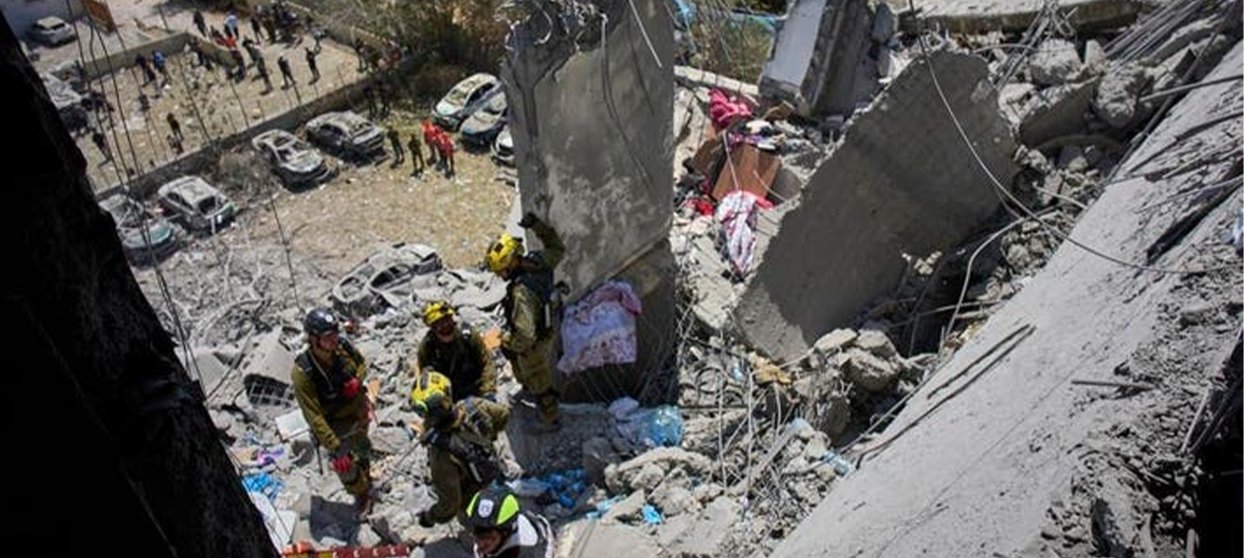
by Shah J. Choudhury
After nearly two weeks of violent escalation between Iran and Israel, a tentative ceasefire has taken effect—though its future remains deeply uncertain, marred by immediate accusations of violations and widespread distrust on both sides.
How the Conflict Began
Beginning on June 13, Israel launched a series of targeted airstrikes on Iranian nuclear and military facilities. Israeli authorities claimed the operation aimed to “neutralize” Iran’s nuclear capabilities.
In retaliation, Iran launched multiple missile attacks on Israeli cities, including Beersheba, resulting in the deaths of at least 4–5 civilians and injuries to dozens more.
Shortly after, Iran fired missiles at Al Udeid Air Base in Qatar, which houses U.S. forces. Most of the missiles were intercepted, and no casualties were reported.
The Ceasefire Deal
On June 24, U.S. President Donald Trump—with mediation assistance from Qatar—announced a “complete and total ceasefire” between the two countries. The truce was implemented in stages, with Iran halting its attacks first, followed by Israel.
However, Iran’s Foreign Ministry stated that no formal agreement had been signed and that it would only stop its military actions once Israel did so.
Israel, for its part, claimed that it had achieved its military objectives but was later reported to have conducted new airstrikes near Tehran, raising questions about the sincerity of the ceasefire.
Early Violations & Conflicting Claims
Within hours of the ceasefire’s implementation, both nations accused each other of breaching the agreement:
• Israel accused Iran of firing missiles during the ceasefire period.
• Iran denied these claims and instead accused Israel of continuing air raids.
So far, the reported toll of the conflict includes:
• Iran: approximately 974 dead, more than 3,400 injured
• Israel: about 30 dead, over 1,000 injured
Global Reactions
• Following the ceasefire announcement, oil prices dropped nearly 3%, and U.S. stock markets responded positively, reflecting global relief.
• The European Union, China, Russia, and several Gulf nations welcomed the truce and called on both sides to show restraint.
• Qatar, which played a key role in mediation, expressed hope that the ceasefire would create momentum for broader peace—including in Gaza, Lebanon, and Yemen.
The Fragile Nature of the Truce
The current ceasefire appears to be an informal, phased arrangement rather than a formal, binding peace deal.
There are no third-party verification mechanisms in place, and trust between the two nations remains minimal.
Observers warn that without a clear framework and international oversight, the ceasefire may not hold for long.
What to Watch Next
• Can international actors like the U.S., Qatar, and the EU turn this fragile pause into a pathway to sustainable peace?
• Will Iran and Israel move toward diplomatic engagement, or return to open hostilities?
• Most importantly, will ordinary civilians in both nations finally get a chance to breathe in peace?
[Sources: Associated Press, The Guardian, Business Insider, The Economic Times]







